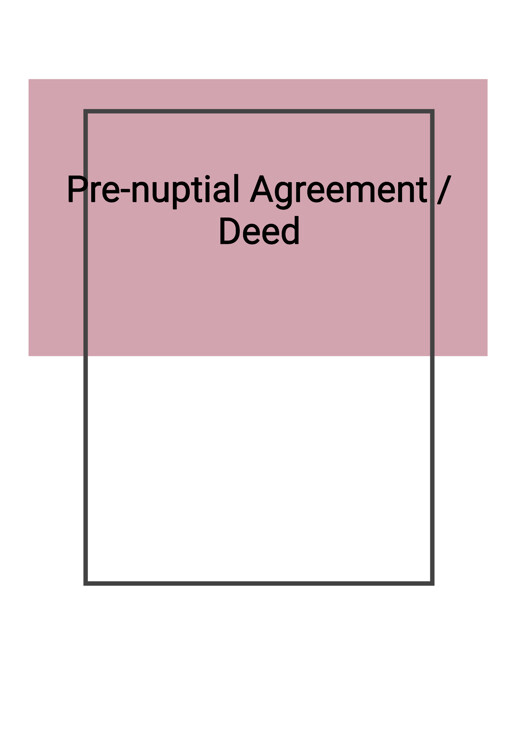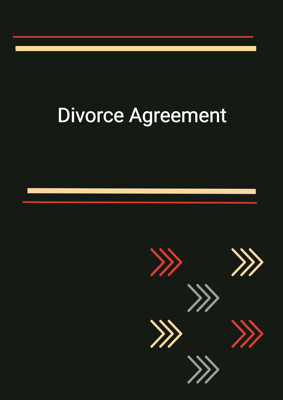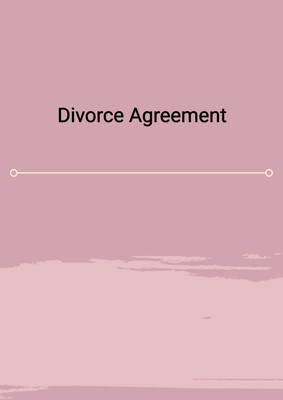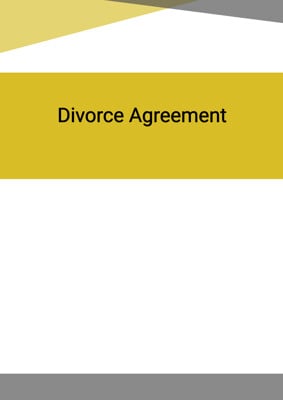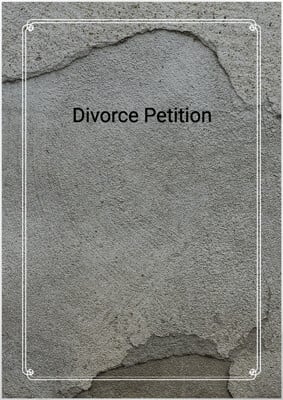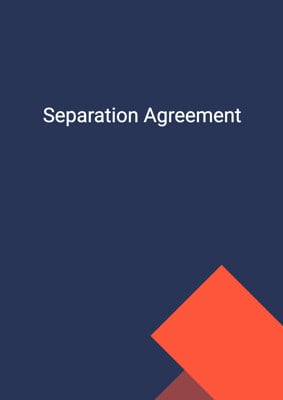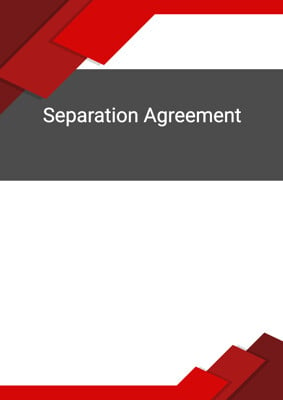How to Tailor the Document for Your Need?
01
Create Document
Fill in the details of the parties. You can click the "Fill with Member’s Information" button to complete it with information saved to your account.
02
Fill Information
Please fill in any additional information by following the step-by-step guide on the left hand side of the preview document and click the "Next" button.
03
Get Document
When you are done, click the "Get Document" button and you can download the document in Word or PDF format.
04
Review Document
The document should be signed by the authorised signatory (or directors of a company) and witnessed to complete the formality.
Document Preview
Document Description
This document is a pre-nuptial agreement or deed that is made in contemplation of and is conditional upon the intended marriage of Party 1 and Party 2. The purpose of this agreement is to set out the wishes and intentions of the parties regarding their finances and property in order to avoid acrimonious and costly litigation in the event of the breakdown of the marriage.
The document begins with a brief introduction, stating that the agreement may not be enforceable in certain jurisdictions or may require legal representation. It then provides a detailed definition section, explaining key terms used throughout the document, such as 'breakdown of marriage', 'custody', 'property', and 'separate property'.
The agreement includes provisions for independent legal advice, where the parties acknowledge that they have sought independent legal advice or have equal bargaining positions and have fully considered the deed without the need for independent legal advice. This section emphasizes that the parties fully understand the nature and effect of the agreement and that it shall be binding on them throughout the world and wheresoever they reside.
The document also includes a section on full disclosure, where the parties acknowledge that they have made full and frank disclosure to each other in respect of their means and resources and other relevant circumstances. This section requires the parties to provide a summary of their means and resources, along with supporting documentation, which is attached as Appendix A.
The agreement covers various aspects of the parties' financial arrangements, including property, the matrimonial home, financial self-sufficiency, and maintenance. It specifies that all pre-marital and post-marital property shall be regarded as each party's separate property, and the other party shall have no right, title, and/or interest in it. It also addresses the custody of children in the event of a breakdown of the marriage, with different provisions depending on whether custody is joint, held by the weaker party, or held by the stronger party.
The document includes undertakings from each party, where they agree to accept the financial provision set out in the agreement, waive and renounce all and any right to seek alimony or maintenance, and declare that the provision in the agreement shall be a full and final settlement of all their claims for income and capital provision arising out of the marriage. It also allows for the amendment of the agreement through a supplemental deed signed by each party.
The agreement concludes with provisions on costs, governing law, breakdown of marriage, and the execution of the deed. It states that each party shall bear their own costs and expenses incurred in connection with the agreement and that the agreement constitutes the entire agreement between the parties, superseding any previous agreements or arrangements. It also specifies that the agreement shall be governed by the laws of the applicable jurisdiction state and that each party submits to the exclusive jurisdiction of the courts of that state.
Appendix A provides a summary of the means and resources and other relevant circumstances of each party, along with supporting documentation.
Overall, this pre-nuptial agreement or deed is a comprehensive document that covers various aspects of the parties' financial arrangements and provides a clear framework for the division of property and financial provision in the event of the breakdown of the marriage.
How to use this document?
1. Seek independent legal advice: It is important for both parties to seek independent legal advice upon the terms and potential effect of the pre-nuptial agreement. This ensures that both parties fully understand the nature and implications of the agreement.
2. Make full and frank disclosure: Both parties should make full and frank disclosure of their means and resources, as well as other relevant circumstances. This includes providing a summary of their financial information and supporting documentation.
3. Understand property rights: The agreement specifies that all pre-marital and post-marital property shall be regarded as each party's separate property. It is important for both parties to understand their rights and the implications of this provision.
4. Consider custody arrangements: If there are children involved, the agreement addresses custody arrangements in the event of a breakdown of the marriage. It is important to carefully consider and discuss these arrangements, taking into account the best interests of the children.
5. Accept financial provision: Both parties should agree to accept the financial provision set out in the agreement. This includes waiving and renouncing any right to seek alimony or maintenance and declaring that the provision in the agreement is a full and final settlement of all claims for income and capital provision.
6. Consider amendment process: If any amendments or variations to the agreement are desired in the future, they should be recorded in a supplemental deed signed by both parties. It is important to follow the proper process for amending the agreement.
7. Understand costs and jurisdiction: Each party is responsible for their own costs and expenses incurred in connection with the agreement. It is also important to understand the governing law and jurisdiction specified in the agreement.
8. Execute the deed: Once both parties have carefully reviewed and understood the agreement, it should be executed as a deed. This involves signing the document in the presence of witnesses.
Please note that this guidance is a summary and does not constitute legal advice. It is recommended to consult with a legal professional to ensure compliance with local laws and regulations.
Not the right document?
Don’t worry, we have thousands of documents for you to choose from:
